The Annapurna Base Camp (ABC) trek is one of Nepal’s most iconic trekking experiences, drawing trekkers from around the globe. As you make your way through stunning landscapes, from terraced rice fields to towering Himalayan peaks, finding the right accommodation is essential to ensure a comfortable and enjoyable journey. In this guide, we’ll explore the types of accommodations available on the ABC trek, from cozy teahouses to luxury lodges, and offer tips to help you choose the best option for your adventure.
Introduction to Annapurna Base Camp Trek
The Annapurna Base Camp trek is renowned for its breathtaking scenery and cultural richness. Starting from the lush foothills near Pokhara, this trek leads you to the heart of the Annapurna Sanctuary, surrounded by some of the highest peaks in the world. Whether you’re an experienced trekker or a first-timer, having access to the right accommodations can make a significant difference to your trekking experience.
Accommodation along the trek varies widely, offering options that cater to different budgets and preferences. Most trekkers opt for traditional teahouses, but there are also camping options and more comfortable luxury lodges for those seeking added amenities. Let’s dive into the types of accommodation you can expect and how to make the most of your stay on the trail.
Accommodation Options at Annapurna Base Camp
1. Teahouses/Lodges
Teahouses are the most common type of accommodation on the Annapurna Base Camp trek. These simple lodges offer basic rooms with beds, blankets, and communal dining areas where trekkers gather to enjoy meals. While facilities may be minimal, teahouses provide a warm and welcoming atmosphere, perfect for meeting fellow trekkers and sharing stories from the trail.
- Typical Amenities: Basic rooms (often shared), common dining halls, shared bathrooms (some with hot water at an extra charge), and limited electricity for charging devices.
- Pricing: Accommodation costs can range from $5 to $15 per night, depending on the location and season. Meals are typically not included but are reasonably priced.
- Booking: Teahouses generally operate on a first-come, first-served basis. During peak trekking seasons (spring and autumn), it’s advisable to arrive early in the day to secure a room. In some cases, advance bookings can be made, especially in popular stops like Ghorepani or Chomrong.
2. Camping
For trekkers seeking a more adventurous experience, camping is an option along the Annapurna Base Camp trek. While teahouses are widely available, some trekkers prefer the solitude and connection with nature that camping offers. Camping allows you to set up your tent at designated sites, usually near teahouses or lodges, where you can still access meals and basic facilities.
- Advantages: Greater flexibility in terms of where you stay, a closer connection to nature, and a sense of independence.
- Equipment: Trekkers opting to camp will need to bring their own gear, including tents, sleeping bags, and cooking equipment, or hire a trekking agency that provides these services.
- Cost: Camping fees are usually minimal, but trekkers should be prepared for the additional weight of carrying camping gear.
3. Luxury Lodges
For those who prefer more comfort, luxury lodges along certain parts of the ABC trek offer an upgraded experience. These lodges provide private rooms, hot showers, comfortable beds, and even Wi-Fi in some cases. While luxury lodges are not available at every stop, you’ll find them in key locations like Ghandruk and Jhinu Danda.
- Amenities: Private rooms with attached bathrooms, hot showers, Wi-Fi, and sometimes gourmet meals. Some lodges even offer spa services, perfect for relaxing after a long day of trekking.
- Pricing: Expect to pay significantly more than at a teahouse, with prices ranging from $50 to $100 per night. Meals are often included in the price.
- Booking: Luxury lodges typically require advance booking, especially during peak seasons, as they have limited rooms.
Factors to Consider When Choosing Accommodation
1. Location
When selecting accommodation, proximity to key landmarks and the base camp itself is important. Some trekkers prefer to stay closer to Annapurna Base Camp for an early morning hike to the viewpoint, while others might prioritize staying in villages with hot springs like Jhinu Danda.
2. Facilities and Amenities
Different accommodations offer different levels of comfort. Teahouses are typically basic, with shared rooms and bathrooms, while luxury lodges provide private rooms and modern amenities. Consider your comfort needs, such as heating, Wi-Fi, and hot showers, when choosing where to stay.
- Sleeping Arrangements: Teahouses usually offer shared dormitory-style rooms, while luxury lodges provide private rooms with en-suite bathrooms.
- Dining: Most accommodations have in-house kitchens where meals are served. Typical menus include Dal Bhat (lentils and rice), noodles, soups, and local bread like Chapati. The higher you trek, the more expensive food becomes, as everything needs to be carried up by porters or mules.
3. Pricing and Budget
Budget is a key factor when choosing accommodation. While teahouses are the most affordable option, offering basic rooms and meals at low prices, luxury lodges come with a higher price tag but offer more amenities. Camping can be a cost-effective option if you already have your own gear.
- Budget: For budget-conscious trekkers, teahouses provide an affordable stay. If you’re willing to splurge on comfort, luxury lodges offer a more relaxed experience, though they can be significantly more expensive.
4. Booking and Reservations
While most teahouses don’t require advance bookings, it’s a good idea to book ahead during busy trekking seasons. Luxury lodges, on the other hand, often fill up quickly, so booking in advance is highly recommended.
- Online Platforms: Many luxury lodges and even some teahouses now allow for online reservations through travel agencies or their websites. This can be particularly helpful for those on a tight schedule.
Tips for a Comfortable Stay
1. Packing Essentials
To ensure a comfortable stay during your trek, pack smartly. Key items include:
- Clothing Layers: Pack lightweight, moisture-wicking clothing for trekking and warm layers for the evenings. A down jacket is essential at higher altitudes.
- Power Banks: Electricity is limited, and charging may come at a cost, so bring a power bank for your devices.
- Water Purification Tablets: Clean drinking water is not always available, so purifying water is essential.
2. Acclimatization and Altitude Considerations
Altitude sickness is a common concern at higher elevations. To avoid symptoms, it’s important to acclimatize properly. Take your time, stay hydrated, and listen to your body. Spend extra nights at Chomrong or Deurali to help your body adjust.
3. Hygiene and Health Precautions
Maintaining hygiene on the trek can be challenging. Carry essentials like hand sanitizer, wet wipes, and biodegradable soap. Be mindful of altitude-related illnesses, and always have a basic first-aid kit with you.
Conclusion
Choosing the right accommodation on the Annapurna Base Camp trek can make all the difference in your trekking experience. Whether you opt for the simplicity of teahouses, the adventure of camping, or the comfort of luxury lodges, it’s important to consider your budget, preferences, and physical needs. By planning ahead and selecting the right accommodation, you’ll ensure that your trek is not only memorable but also comfortable and safe. Happy trekking!
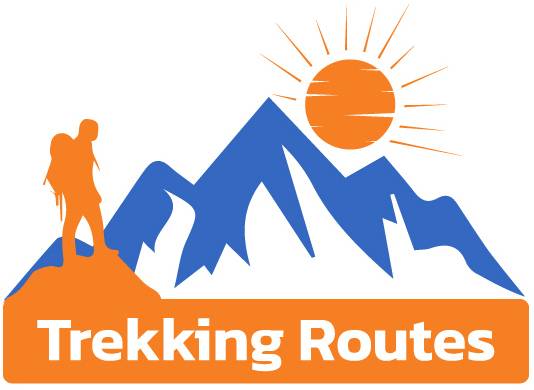

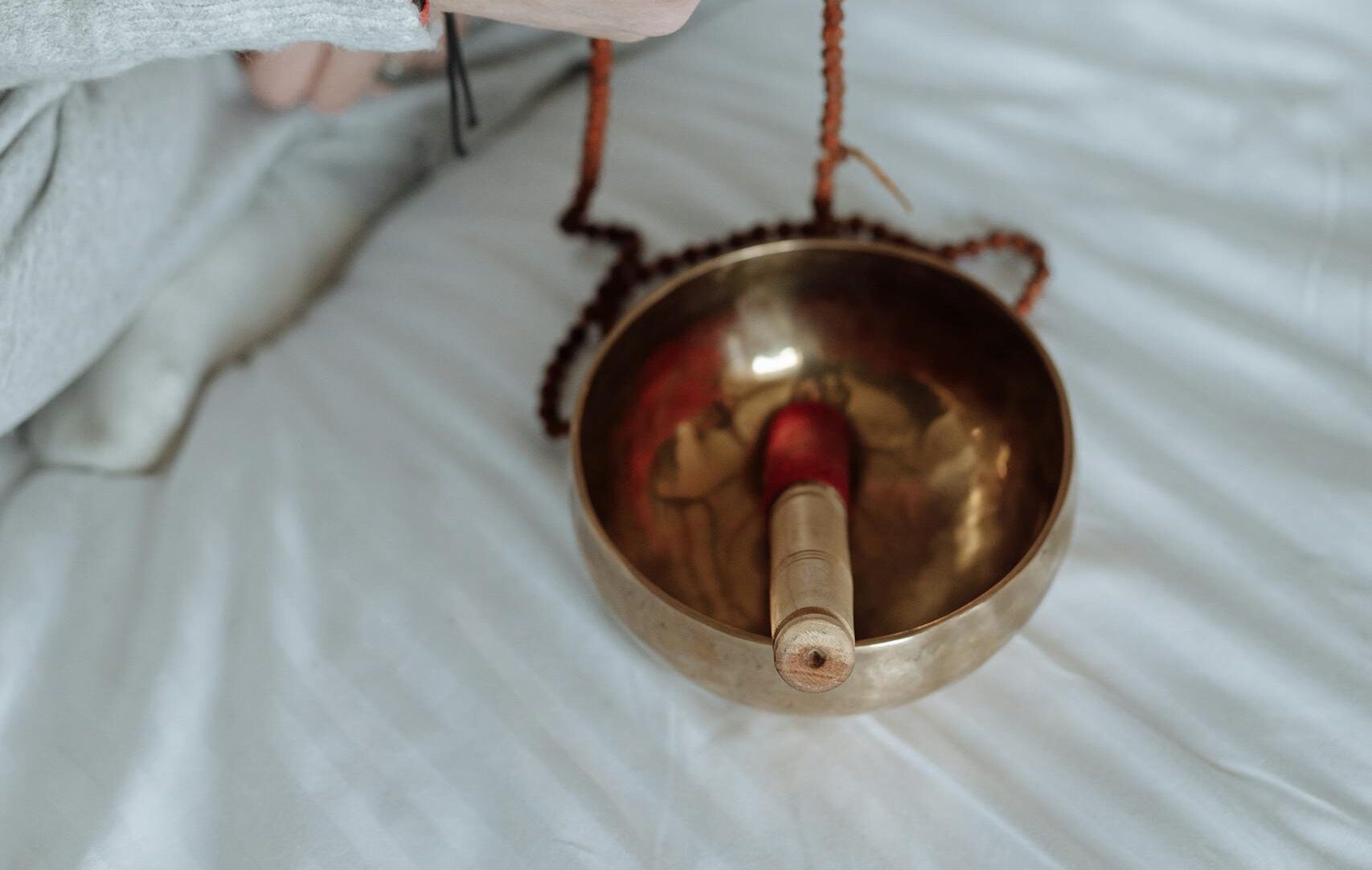
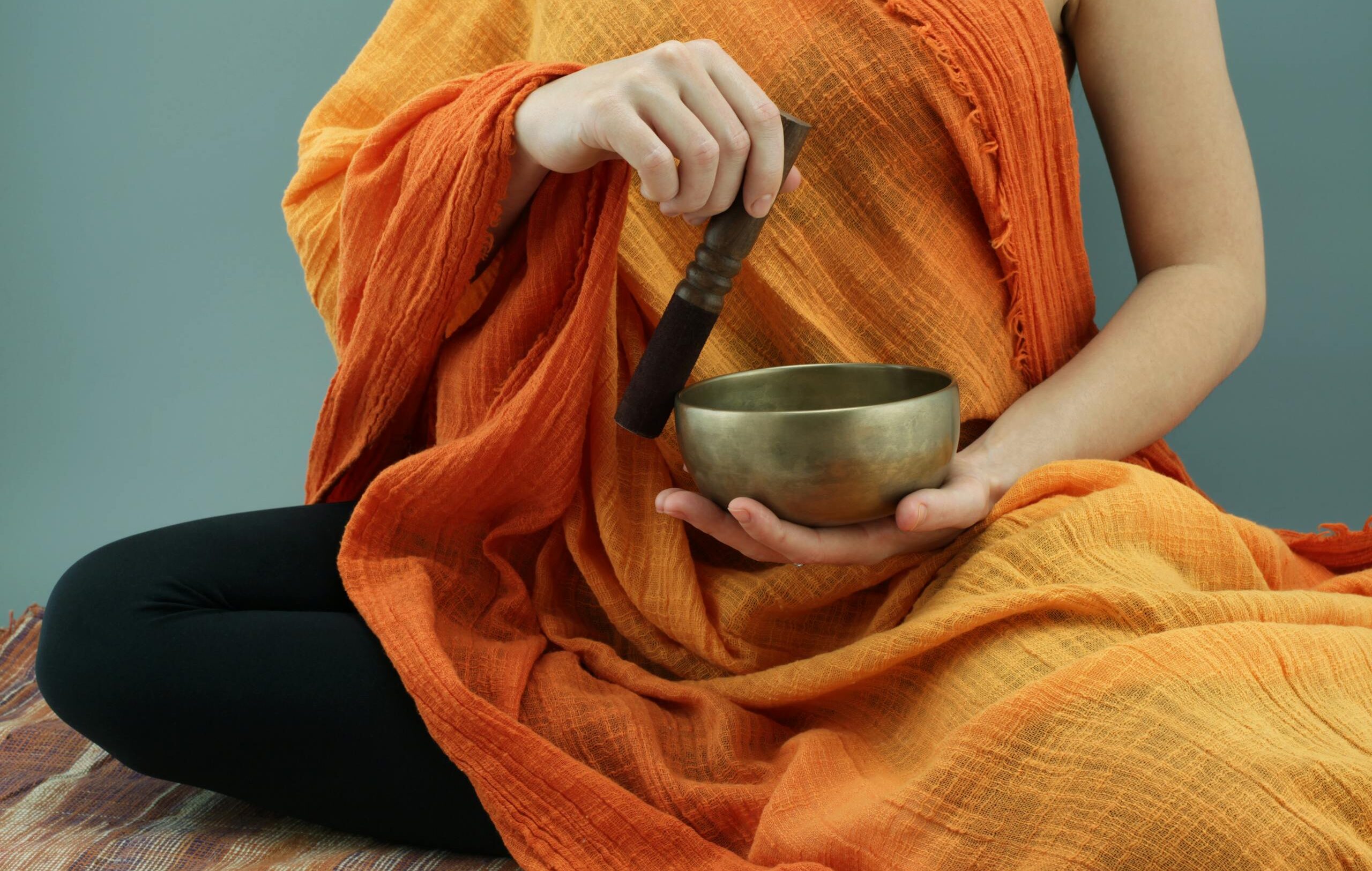

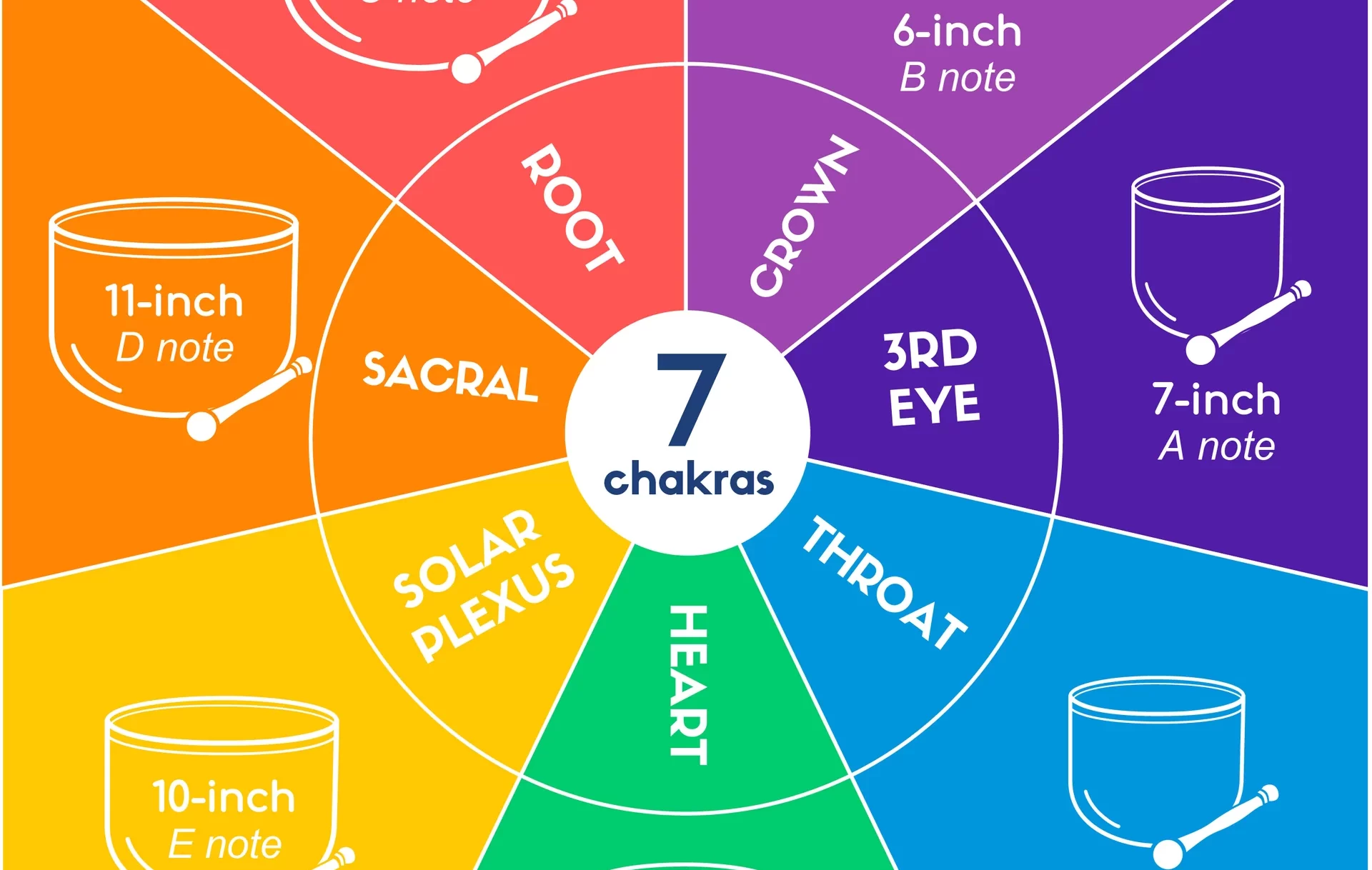
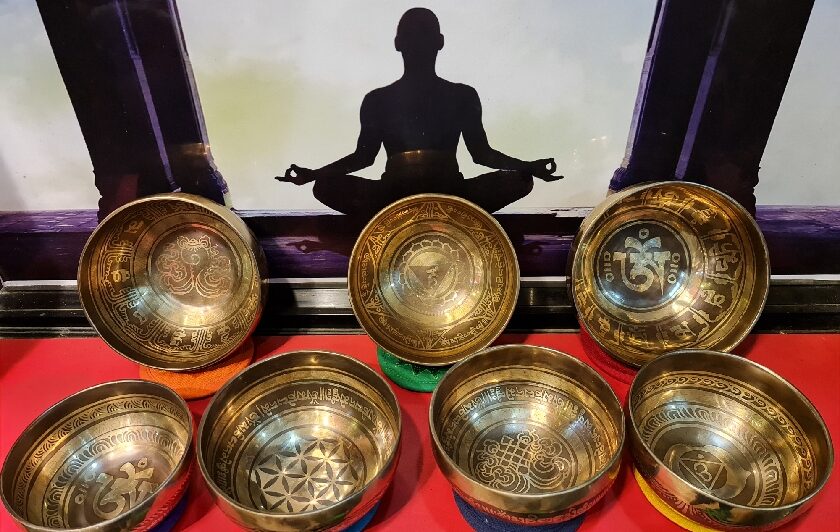
0 Comments